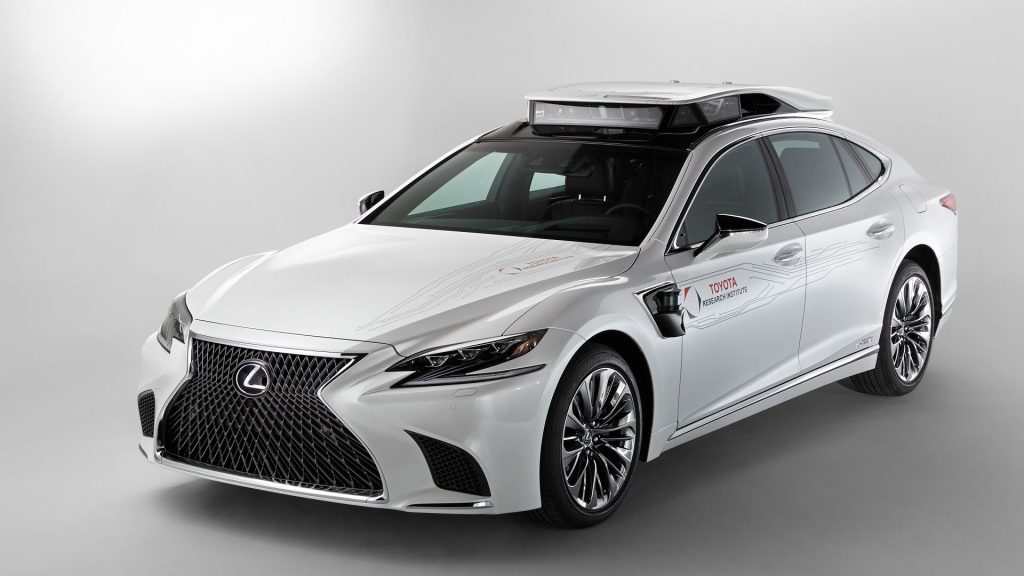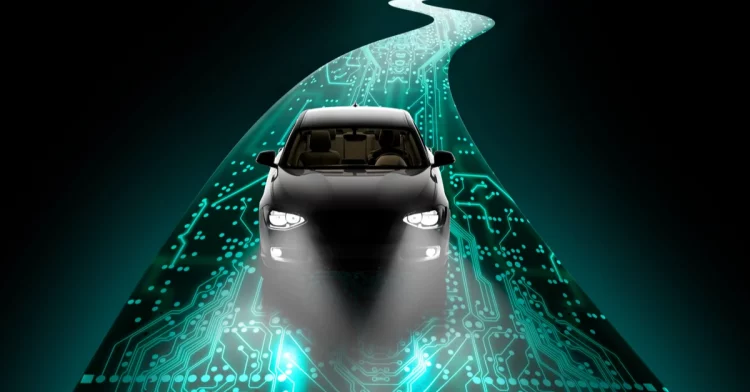Introduction
The rise of autonomous vehicles (AVs) has been one of the most significant technological advances in the automotive industry in recent years. Self-driving cars promise to revolutionize the way we think about transportation, making it safer, more efficient, and more accessible. However, the road to fully autonomous vehicles is paved with legal, ethical, and technological challenges that need to be addressed before these vehicles can become a mainstream reality. As autonomous technology evolves, governments and lawmakers around the world are racing to create regulatory frameworks that can accommodate these innovations while ensuring public safety.
This article explores the latest developments in autonomous car legislation, analyzing current laws and regulations surrounding self-driving technology, as well as the challenges and opportunities that arise as governments work to adapt to these changes. With varying approaches across the globe, the future of autonomous car legislation remains uncertain, but one thing is clear: regulation will play a crucial role in determining the success of autonomous vehicles on the road.
Legislation Update: A Look at Current and Upcoming Laws Surrounding Autonomous Vehicles
1. The US Approach to Autonomous Car Legislation
In the United States, the regulatory landscape for autonomous vehicles has been evolving rapidly, with both federal and state governments attempting to balance innovation with safety concerns. The U.S. federal government, under the National Highway Traffic Safety Administration (NHTSA), has released several sets of guidelines to provide a framework for self-driving car manufacturers. However, as of now, there are no specific federal laws mandating the regulation of AVs, leaving much of the responsibility to individual states.
Federal Guidelines and Frameworks
In 2017, the NHTSA released the “Automated Vehicles 3.0” framework, outlining voluntary guidelines for the development and testing of autonomous vehicles. The framework emphasized the importance of innovation while ensuring that safety measures were maintained. While the NHTSA does not yet regulate the technology itself, it has made clear that safety is a top priority in terms of vehicle performance, cybersecurity, and the testing of AVs.
Additionally, the NHTSA has been working to update the Federal Motor Vehicle Safety Standards (FMVSS) to accommodate the unique features of self-driving cars. These updates are necessary to allow autonomous vehicles to be legally tested and operated on public roads without the need for a human driver.
State-Level Legislation
States in the U.S. have taken a more active role in regulating autonomous vehicles, with some states being more progressive than others. California, Arizona, and Nevada are among the states that have developed detailed regulations for the testing and deployment of AVs. California, for example, requires companies like Waymo, Tesla, and Uber to obtain a permit before testing autonomous vehicles on public roads. Arizona, on the other hand, has become a testing ground for many autonomous vehicle companies due to its more lenient regulatory environment.
In some states, lawmakers have also proposed bills that address the liability and insurance implications of AVs. For example, in the event of an accident involving an autonomous vehicle, determining liability between the manufacturer, software developers, and car owners can be complex. These legal gray areas have spurred discussions about the need for clearer laws and better-defined regulations.
2. Europe’s Autonomous Vehicle Legislation
The European Union (EU) has been proactive in addressing autonomous vehicle regulation, establishing a regulatory framework that aims to foster the development of self-driving technology while ensuring safety. The EU’s approach focuses on harmonizing laws across member states to provide a consistent set of rules that can support cross-border testing and deployment of AVs.
EU Regulations and Guidelines
In 2020, the European Commission released guidelines on the deployment of autonomous vehicles, emphasizing the importance of clear regulations for the use of AVs across the EU. These guidelines focus on the safety and liability of self-driving cars and the need for uniform standards in terms of vehicle design, technology, and testing.
One notable aspect of the EU’s approach is the emphasis on road safety and cybersecurity. The European Commission has made it clear that autonomous vehicles must meet high safety standards and comply with strict cybersecurity measures to protect against hacking and data breaches.
The Role of Member States
Each EU member state has its own approach to autonomous vehicle legislation. For example, Germany has passed laws allowing the use of Level 4 autonomous vehicles (those that can operate without human intervention in certain conditions) on public roads. In contrast, countries like France are still in the process of developing regulations for the safe testing and deployment of AVs.
However, despite the differences in regulations, there is a common recognition across the EU that clear and harmonized rules are essential for the growth of the AV industry. The European Commission has proposed the creation of an EU-wide regulatory framework to ensure that all member states have consistent rules for testing, operating, and insuring autonomous vehicles.
3. Autonomous Car Legislation in Asia
Asia has emerged as a key player in the autonomous vehicle space, with countries like Japan, China, and South Korea making significant strides in developing and testing self-driving cars. Each of these countries has adopted different approaches to regulation, with an emphasis on technology development and safety.
Japan’s Approach
Japan has been a pioneer in autonomous vehicle research and development, with several Japanese car manufacturers, including Toyota and Honda, leading the way in autonomous technology. The Japanese government has enacted laws that allow for the testing and deployment of autonomous vehicles on public roads under specific conditions. Japan’s approach emphasizes safety and public acceptance of self-driving technology, with the government setting clear guidelines for testing, insurance, and liability.
China’s Growing Role
China is rapidly becoming one of the largest markets for autonomous vehicles, with several major Chinese tech companies, including Baidu and Alibaba, investing heavily in autonomous vehicle research. The Chinese government has adopted a flexible regulatory approach, encouraging innovation and facilitating testing while ensuring that autonomous vehicles meet safety standards. China’s focus is on creating a smart infrastructure that can support autonomous driving, including advanced traffic management systems and improved road conditions.

4. The Global Outlook on Autonomous Vehicle Legislation
Globally, governments are taking a mixed approach to autonomous vehicle regulation, balancing the need to foster innovation with the responsibility to ensure public safety. Some countries have already passed laws that allow for the testing of AVs on public roads, while others are still grappling with the challenges of developing appropriate regulations. The regulatory landscape is likely to continue evolving in the coming years as governments work to address the complexities of autonomous vehicle technology.
Challenges and Opportunities: How Governments Are Addressing the Challenges of Self-Driving Technology
1. Safety and Liability
One of the biggest challenges in autonomous vehicle legislation is ensuring safety while addressing liability issues. While autonomous cars are designed to reduce human error, accidents and malfunctions can still occur, raising the question of who is responsible in the event of a crash. Governments must create laws that define the roles of manufacturers, software developers, and vehicle owners in the event of an accident.
Additionally, regulators must ensure that autonomous vehicles meet high safety standards and undergo rigorous testing before being allowed on public roads. In many countries, the focus is on ensuring that these vehicles can handle a wide range of driving scenarios, including complex urban environments and unpredictable road conditions.
2. Cybersecurity and Data Privacy
Autonomous vehicles are heavily reliant on data and communication networks to function effectively. This dependence on technology creates significant concerns about cybersecurity, as self-driving cars are vulnerable to hacking, data breaches, and other cyber threats. Governments must address these concerns by implementing strong cybersecurity measures and ensuring that autonomous vehicles are equipped with robust safeguards to protect against potential threats.
Data privacy is also a concern, as autonomous vehicles collect vast amounts of data about drivers’ behaviors, preferences, and locations. Legislation will need to address how this data is collected, stored, and used, ensuring that individuals’ privacy rights are protected.
3. Public Acceptance and Trust
One of the key challenges facing the widespread adoption of autonomous vehicles is public acceptance. Many consumers are still wary of self-driving cars, citing concerns about safety, reliability, and the loss of control. Governments and manufacturers must work together to build public trust in autonomous technology through education, transparent testing, and clear communication about the safety measures in place.
4. Environmental and Economic Impact
Autonomous vehicles have the potential to reduce traffic congestion, lower emissions, and improve fuel efficiency, contributing to environmental sustainability. However, the widespread deployment of AVs could also have significant economic implications, including job displacement in industries like trucking and transportation. Governments must consider these factors and implement policies to mitigate negative economic impacts while promoting the benefits of autonomous technology.
Conclusion
The legislative landscape for autonomous vehicles is still evolving, with governments around the world grappling with the challenges of ensuring safety, liability, cybersecurity, and public acceptance. While there is no one-size-fits-all approach to autonomous vehicle regulation, it is clear that clear and comprehensive laws will be essential for the successful integration of AVs into our transportation systems. As technology continues to advance, it is likely that the regulatory framework will need to adapt, ensuring that autonomous vehicles can operate safely and efficiently while addressing the concerns and opportunities they present.
Governments have a crucial role to play in guiding the development and deployment of autonomous vehicles, and the choices made today will shape the future of transportation for generations to come.


































Discussion about this post